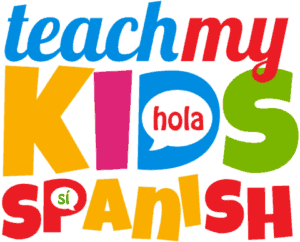
Teaching Spanish to kids from a young age has great benefits because of their sponge-like ability to retain information that is characteristic of that period in life. Songs are a useful tool when it comes to learning because of their repetitive nature and entertainment factor. Learning Spanish through music is a fun and helpful activity for kids.
There are many time-tested songs designed to teach kids Spanish that are suited for all ages, from pre-nursery to adolescence. Many of these are excellent choices for rondas infantiles, games where children gather in a circle and sing to learn about languages. Read below to find sixteen of the most popular song choices.
Enjoy a Catchy Introduction to Spanish by Singing the Alphabet
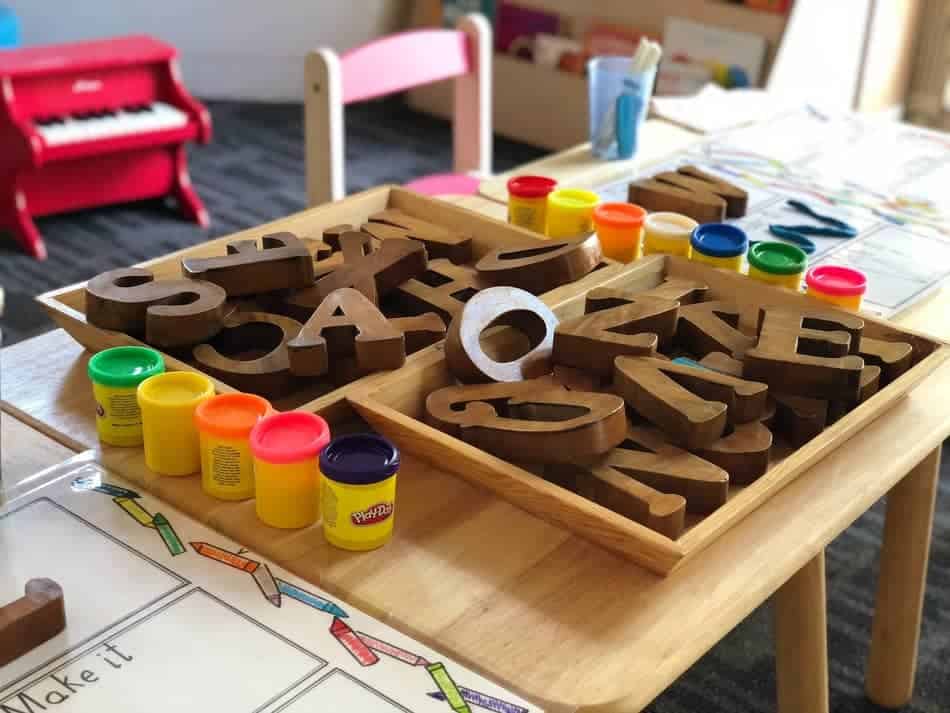
Alphabets are a traditional starting point to learning languages. Songs featuring the alphabet are a fun way to introduce a language’s letters and their pronunciation. In music form, the letters and sounds are catchy in their repetition, facilitating the learning process.
There are many songs in Spanish that feature the alphabet or parts of it, like the vowels. Simple choreography gestures can usually accompany these songs to highlight the letters. This can help kids associate the sound with the movement, which will make it easier to remember.
One of the most popular alphabet songs comes in a shape well-known by children: Aprende el abecedario con Peppa Pig. In this tune, the beloved figure of Peppa Pig hops along a trail of letters, singing them as she goes. The melody is easy to follow, and the familiar visual style helps with making learning fun.
Here are some other songs that can be used to teach the Spanish alphabet:
- La Canción del Abecedario: Repetition is key in this song in which two puppets go through the Spanish alphabet, allowing space for kids to repeat the letters and sounds as they go.
- Sesame Street – ABCs en Español: Actress Gina Rodriguez and the Muppets team up on this bilingual segment that teaches kids the letters of the Spanish alphabet through more beloved figures of their childhood.
- La Ronda de las Vocales: this is a popular song choice used to teach kids about Spanish vowels by telling stories and rhymes featuring the sounds.
Learn Spanish Through Storytelling with Elephants and a Spiderweb

Storytelling expands the universe of children while giving them powerful learning tools. There are many catchy kids’ songs that explore the benefits of putting stories into repetitive rhymes. One such song is the Un Elefante Se Balanceaba, a favorite in Spanish-speaking countries that originated as a nursery rhyme.
Translating to “an elephant was balancing,” the song tells the story of an elephant standing on top of a spiderweb in an attempt to break it. As the task proves difficult, the elephant is joined by another, then another, until six elephants are balancing on the spiderweb. You can continue the game with more elephants, depending on the time and the level.
This song teaches kids the words for elephant and spider, and it’s also an excellent tool for learning the numbers in Spanish. For early Spanish learners, this is an all-encompassing song with a memorable tune and a repetitive pattern that helps with retaining information.
When teaching this song to kids, the process can become even more entertaining by using visual aids like flashcards to show what’s happening in the story. You can also create an accompanying simple choreography or a game. The story of the elephants on the spiderweb can create much laughter, as well as opportunities to learn in Spanish.
Go on an Adventure with Señor Don Gato
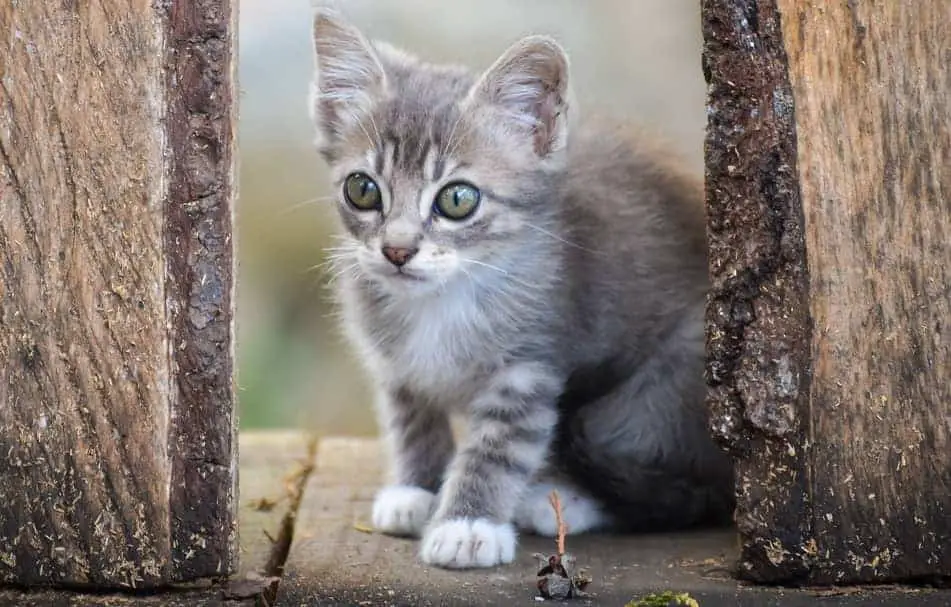
If you’re looking for a traditional Spanish song that children from Spanish-speaking countries have grown up with for generations, give El Señor Don Gato a try. This song originates from a famous Spanish folklore version called Estaba el Señor Don Gato.
The song tells the story of a tomcat seeking the favor of a lady friend. The account begins with Señor Don Gato sitting on a roof, reading a letter from a lady cat accepting his marriage proposal. Delighted that he is about to get married, Don Gato becomes careless and slips off the roof, which results in lethal injuries, despite the efforts of veterinarians to save him.
Following Don Gato’s tragic death, there is a somber funeral procession leading to the cemetery and his final resting place. On the way there, however, the procession passes the market, and a miracle occurs once Don Gato smells the fish in the stalls. With Don Gato resurrected, the song ends on a celebratory note.
Despite its numerous versions, this song has remained a favorite throughout history, and it’s a great tool to learn several Spanish words. There is a constant repetition of words and motifs in the song, especially in the onomatopoeic refrain “marramiau miau miau,” which accompanies each verse.
This entertaining story piques kids’ interest and provides a memorable Spanish-learning experience through its storytelling and melody. The story of Don Gato and his lady love continues to delight children around the world.
See the World from a Frog’s Perspective
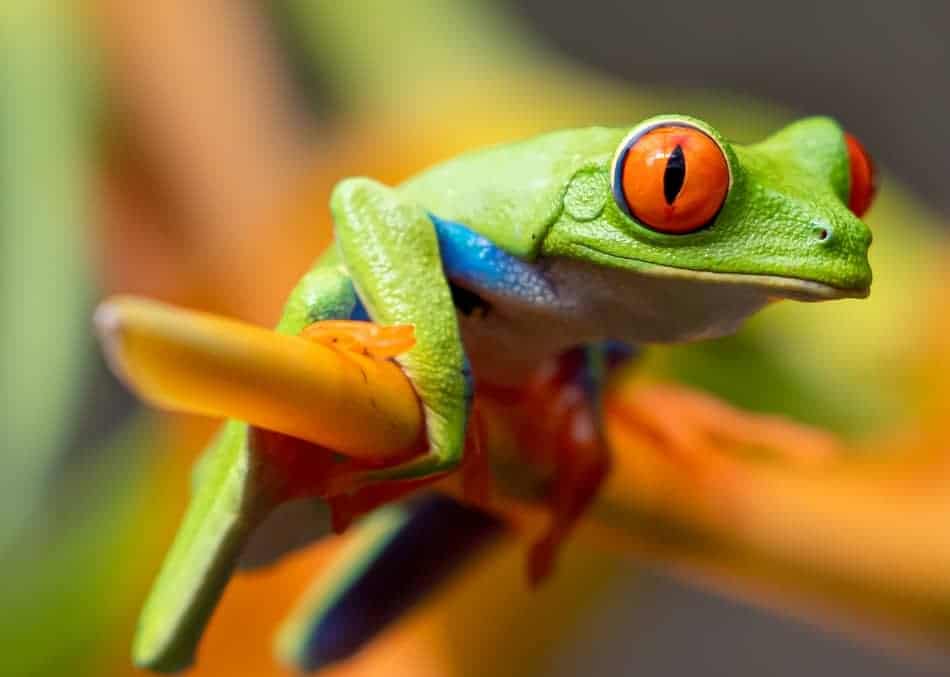
Another traditional Spanish song for kids is Cu Cú Cantaba la Rana, which tells the story of a frog singing while swimming underwater and having various encounters. This song is also fond of onomatopoeic repetition with Cu Cú, the frog’s name, appearing in every line, indicating the frog’s melody too.
This song is an entertaining adventure that kids can take alongside the singing frog, following it as it passes by other characters such as a gentleman with a top hat and a cape, a lady with a tailcoat, and a sailor selling rosemary.
The character of the sailor is responsible for the end of the frog’s singing. Cu Cú asks the sailor for a sprig of rosemary, but the sailor refuses this request. The song ends on an abrupt and sour note, with the frog weeping due to this refusal.
The catchy tune and fun visuals involved in the singing frog’s story have turned Cu Cú into a lasting choice for teaching kids Spanish. The pattern of the song is useful as a mnemonic device, and the story introduces various Spanish words like:
- Frog
- Gentleman
- Lady
- Sailor
- Water
- Hat
The frog’s jovial nature also turns it into an instant favorite for kids.
Learn about Colors Easily on a Walk through the Countryside

Learning the words for colors is an essential part of learning a new language. De Colores is a traditional children’s song that has the benefit of teaching kids about colors and some farm animals simultaneously through imagery and sound.
De Colores is an exploration of the countryside through most of its sensory input. Colors and sounds abound on the walk that the song takes the listener on, and onomatopoeic repetition is once more the chosen pattern for the rhyme. The story that unravels through the composition triggers memory but also the imagination, making the learning process fun.
The song starts by celebrating the arrival of spring in the countryside. Colors bathe the fields, and birds return to sing. Rainbows bursting with colors take over the scenery, and great colorful loves are invoked too.
Animals appear in the countryside and their song is celebrated: there are roosters, hens, and loud chicks. The beautiful colors of dawn are mentioned, as are the colorful reflections of the sun.
The verses of De Colores are in constant repetition, which helps kids retain the information provided. There are numerous new words to be found in the song, accompanied by strong visual and auditory associations. You can create a dance to go along with the words when teaching it to kids, and you can also use other visual aids to help the imagination.
Teach Kids About the Weather with a Song about Rainy Days
The weather can be a highly entertaining topic to learn, and this becomes apparent in the fun song Que llueva, Que llueva, which translates to Let it Rain, Let it Rain. This song tells the story of a beautiful day turning rainy and changing the environment.
At the beginning of the song, children are playing outside in an old lady’s cave. The sun is shining and the birds are singing, but suddenly dark clouds interrupt the fun, and rain starts pouring. This puts a sudden stop to the children playing and the birds singing as everyone runs for shelter inside the cave.
The cave provides dry shelter for the children, the birds, and the old lady as they all watch the rainfall from a safe distance. In some versions of the song, there are several mentions of traditional Spanish sweets like turrón. The song highlights the enjoyment of watching the rain from a sheltered position.
The song makes use of end rhymes to carry its verses, which creates a fun pattern to follow that assists with memorizing. Kids can go on this rainy adventure and associate it with one of their own experiences with rainy days while learning lots of new Spanish vocabulary.
Sing About Fruit with Naranja Dulce Limón Partido
Naranja Dulce, Limón Partido, or “Sweet Orange, Split Lemon,” is a popular choice for sing-alongs within rondas infantiles, the games that children play in a circle to the tune of various songs. This is also a good way to find out more about fruit when learning Spanish at a young age.
The song features two characters, the titular sweet orange accompanied by half a lemon. The two are close friends, and they express their feelings with the intensity of friendships at young ages. There are oaths of loyalty and many hugs in this friendship that kids can easily relate to while singing this song alongside their own friends.
The melody is easy to remember, and even though the song is intended primarily for a group experience, it can be enjoyed in a classroom setting. You can even create choreography to go with it that will make the learning even more entertaining. If you’re looking for a challenge, you can start introducing a new cast of fruit characters.
Make a version of this song by finding rhymes that match other pieces of fruit too. Kids can associate the words to the music and create new learning themes with this foundation in mind.
Discover Vocabulary through the Experience of a Sick Donkey
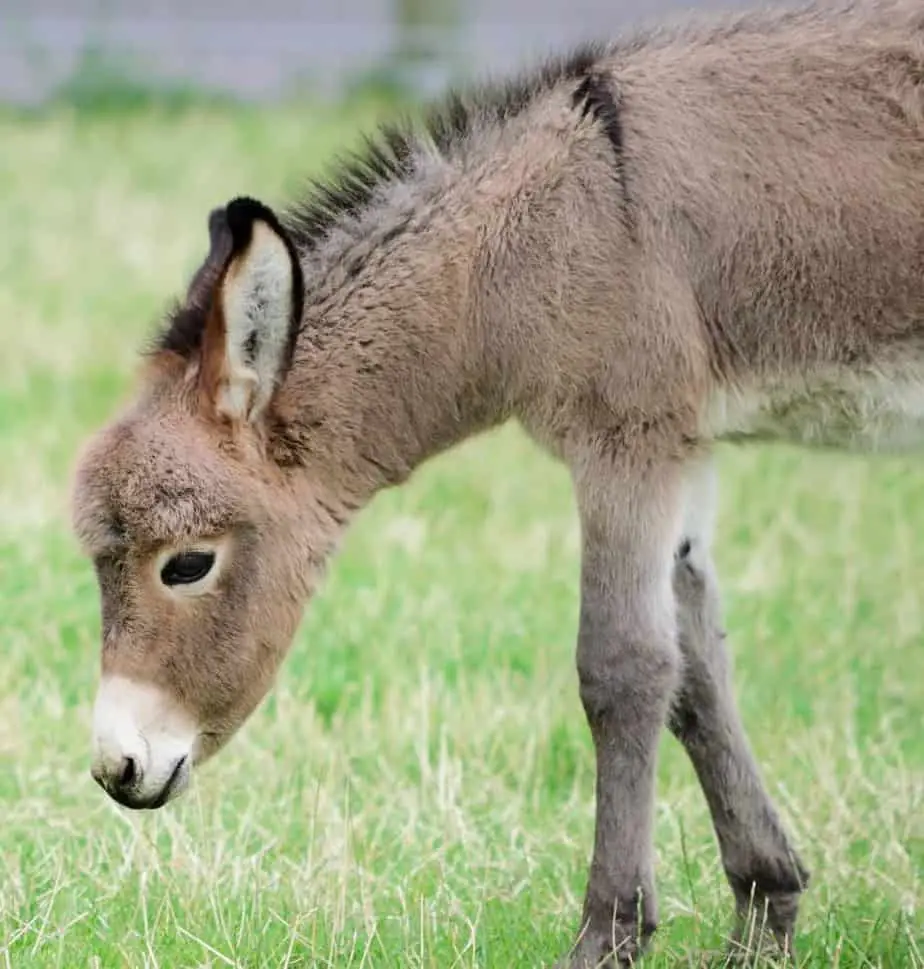
The song A Mi Burro, or To My Donkey, is perfect for exercising memory. It tells the story of a sick donkey who experiences various symptoms and receives different doctors’ treatments. This can help enhance vocabulary for medical issues and various body parts.
At the beginning of the song, the donkey’s head hurts. The doctor prescribes a thick hat to keep the donkey’s head warm. Next, the pain in the donkey’s ears is treated with cherry ear drops, followed by a white scarf for his sore throat. After that ordeal, the donkey’s chest pains are treated with lemon drops, and his knee pain awards him a bottle of painkillers.
By the end of the song, the donkey has a clean bill of health and an apple as a treat. This continued rhyming between the ailments and the treatment is a great way to teach kids about bodies while keeping the topic fun. For young Spanish learners, this can help them memorize body parts in a manner that is entertaining for them.
The catchiness of the melody, along with the repetition and enumeration devices, makes the song easy to remember for kids learning Spanish. It can also help them create more ailments for the donkey that receive further rhyming treatments.
Take a Journey with a Boat Made from a Nutshell
This classic song that has delighted children in Spanish-speaking countries for generations first appeared in the performances of the superstar clown Miliki. For kids learning Spanish, this song takes them on an entertaining trip on the seas while teaching them plenty of new words.
The song tells the story of a mosquito sailing aboard a small boat made from a nutshell. This boat has sails made out of paper, and it contains a shipment of precious honey drops. The mosquito at its helm is a fearless captain who sings and keeps rowing in the face of foreboding storms.
The small boat makes its way to the Southern seas with its captain and its shipment. The excitement and potential of exploring the waters are contagious. The song can be accompanied by various visual aids or choreography that can stimulate kids’ imagination and memory even further.
El Barquito de Cáscara de Nuez has been a classic for decades for a reason. Its entertainment value is a great draw for kids, and the repetition in its pattern makes words easy to remember. The song’s information is vivid, and it can provide great fun to the children learning about the adventures of the mosquito captain and his nutshell boat.
Practice Greetings with Buenos Días
This popular call-and-response song is a favorite in Spanish-speaking countries and a great way to practice greetings in a memorable pattern. Buenos Días, or Good Day, is a short song that sets into motion the beginning of a conversation.
The song starts with a greeting, “Buenos Días,” that is repeated back by the listener. The conversation continues with other call-and-response phrases like ‘how are you?’ and ‘fine, thank you.’
The song Buenos Días is set to the tune of the world-famous song Are You Sleeping (Brother John)? which makes it easy to follow for those already familiar with the original. The call-and-response pattern helps young Spanish learners discover more about how to start a conversation and how to pronounce the words involved in it.
Take Advantage of the Wolf’s Distraction in Juguemos en el Bosque
In this fun children’s song, the story follows the adventures of a group of children playing in the woods. The catch of their game is that a wolf resides in the woods, but the children take advantage of his distraction to carry on with their entertainment until the last possible moment.
The song enumerates several activities that the wolf is distracted by while the children play in the woods near him. At first, the wolf is shown to be just starting his day by getting out of bed. He then busies himself with taking a bath, followed by getting dressed. The wolf then spends time putting on his shoes and brushing his hair.
By the end of the song, the wolf has completed his morning routine and is ready to give chase to the children. The group quickly disperses before the wolf can make his appearance.
The entertaining story is set to a catchy tune and a repetitive pattern that only varies in one line per stanza. The children repeat that they are playing in the woods, while the last line changes based on whatever the wolf is doing at the time. This teaches children about morning routines in a way that is easy to keep in mind.
Explore the Days of the Week with Los Días de la Semana
In this short but highly useful song, young Spanish learners can find out about the days of the week in a way that is easy to incorporate into daily song routines that help with memorization. You can create group events around the song and have the kids engage in dances on the topic.
The song starts by stating that the kids are about to learn about the days of the week through song. It then draws associations between the days and activities:
- Mondays: The song’s protagonist watches the moon.
- Tuesdays: She bathes in the sea.
- Wednesdays: She counts stars with her brother.
- Thursdays: She plays with friends.
- Fridays: Spends time with her Uncle Juan
- Saturdays: She goes out.
- Sundays: She gets to rest.
The song ends on the note that the learning process has been completed and the time for play is back.
Learning the days of the week is an essential lesson for a young Spanish student. This song makes this lesson easy to remember, and kids are encouraged to make their own associations with the days of the week. Personal experiences help with memorization, especially when accompanied by fun memories.
Learn About the Different Seasons from Leaves

In Hojas, Hojas or Leaves, Leaves, kids can learn about the different seasons of the years by hearing about what happens to the leaves on trees. This can also help them continue to learn about colors.
The song starts by enumerating the colors of autumn and how they affect the leaves in the trees, from yellows to reds. You can create a hands-on teaching experience to accompany the song by taking kids to pick up leaves outside. Regardless of the season, this can help them associate the words of the song with the world they inhabit.
You can continue the song with different associations of colors and changes per season. From the bleakness of winter to the burst of color in the spring and the abundance of leaves in the summer, right back to where the song started, with autumn.
This is another song that benefits from a repetitive and catchy pattern that you can easily incorporate into teaching routines. This allows for an entertaining learning experience.
Make a Learning Experience from the Familiar

Teaching kids to count in Spanish can be a highly entertaining experience, especially when you can teach them along to familiar tunes. Set to the melody of the world-famous song Five Monkeys Jumping on the Bed, Cinco Monitos by Toobys makes addition fun.
The song tells the story of five small monkeys jumping on a bed. This causes one of the monkeys to fall off the bed and hit his head, which prompts a doctor’s visit. The doctor sternly advises that there should be no more jumping on the bed, but the small monkeys ignore this until they have all fallen off the bed.
This countdown helps kids familiarize themselves with numbers in Spanish and create a fun storyline for them to follow. You can accompany this teaching moment with visual aids and gestures that can cause even more laughter. You can also replace the monkeys with other animals as time goes by, and you can increase the number of monkeys.
The song’s familiar pattern will help kids with their numbers and it can be easily added into daily educational routines.
Bring Kids into the Learning Experience with Saco Una Manita
The song Saco Una Manita can directly involve the kids learning Spanish in the process of singing the song. It also encourages learning through movement by incorporating gestures into the pattern.
The song’s title translates to “I Bring out a Hand,” and the story can be followed by kids making the same movements that appear in the song. First, the kids bring out a hand and make it dance. Then, they close it, open it, and put it back. After that, the same process is repeated with the other hand, and finally, with both at the same time.
The song is a simple one to sing and follow, and its pattern is easy to remember. You can incorporate more hand gestures into the routine once the kids get used to it, and you can even start bringing in more body parts as their level of learning deepens.
The kids can use this song as a game with their peers. They can practice their hand gestures and their grasp of Spanish as they follow the song’s instructions. This can encourage interaction and offers many learning possibilities.
Discover Different Types of Fruit with La Canción de las Frutas

Young Spanish students can learn words quickly by associating them with the things they already know. Teaching kids the names for fruit, for example, can be an entertaining educational experience that will prove useful for their language foundation.
In La Canción de las Frutas, the singer Patti Lozano enumerates fruit in varying tempos while also introducing verbs related to it, like buying, cutting, washing, and eating. Fruit appears in the song in many of its shapes: oranges, bananas, strawberries, apples, pears, grapes, and melon.
The song’s varying rhythms help with memory while keeping the experience fun for kids as they try to follow along to the tempo. You can create a routine around this song and you can make the lesson more personal by incorporating each kid’s favorite fruit into the mix and making new lists of items.
If fruit items are exhausted as the kids’ Spanish level increases, you can start adding other food items into the mix too.
Conclusion
Teaching kids Spanish through songs can be an enriching experience with excellent results. Songs help with memorization and word association, and also with making learning seem more fun.
There are plenty of Spanish songs on offer to help with these lessons. You can teach kids to count in Spanish, use greetings in Spanish, and even express their emotions and become protagonists of their own stories.
